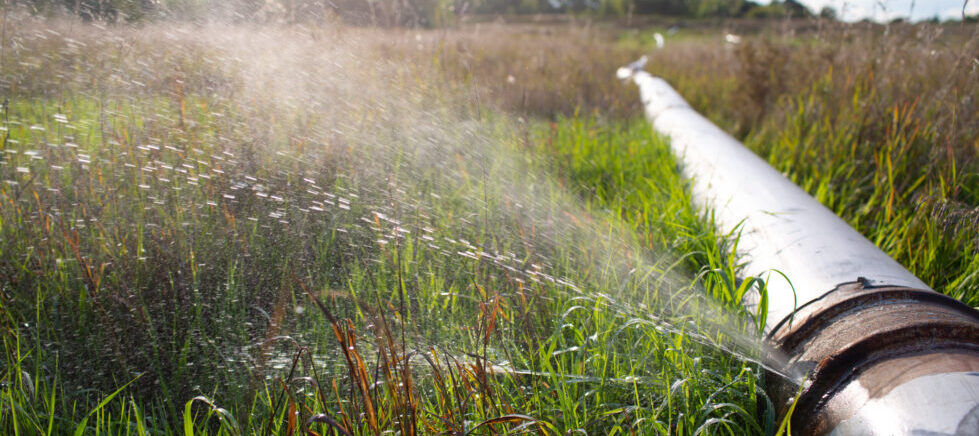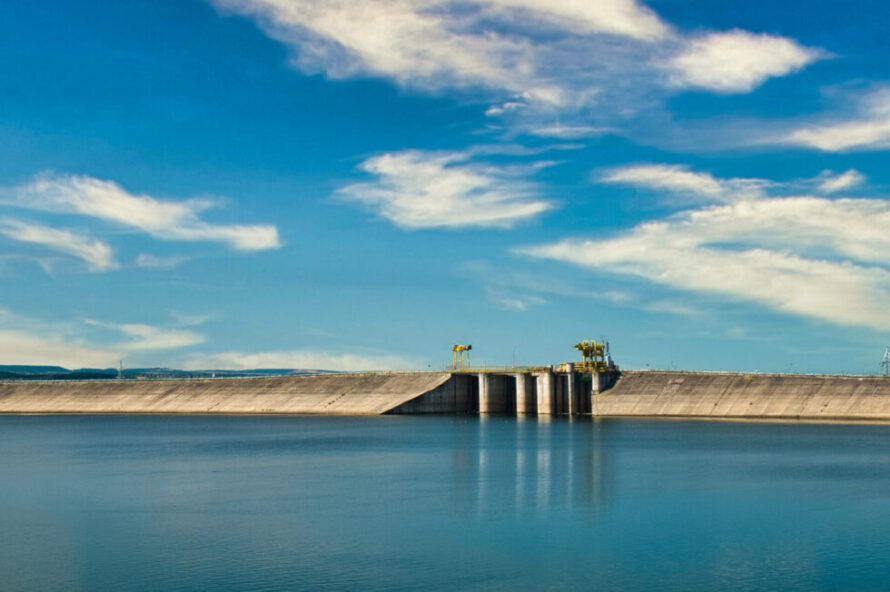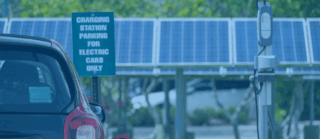Water Leak Detection
Using wireless sensors to identify water leaks remotely
One type of wireless sensor that is becoming just as important as building security for many companies is the wireless water sensor. These sensors can detect the presence of water, fuel, and other types of liquids. Using wireless rope sensors, building managers can learn of liquid spillages, pump failures, or floods over wide areas. Wireless leak sensors can be mounted on walls or along pipes to detect leaks before they cause further damage.
Every day, people are finding new ways to use wireless water sensors. Below are a few examples of how different types of organizations are deploying these sensors to support their existing services and protect
valuable assets.

Addressing Leaks More Quickly
When it comes to water leaks — every second counts. This is especially true in multi-family dwellings, condo buildings, and apartment complexes where a major leak in one unit can wreak havoc on many. Without the right flood detection systems in place, it may take a while before free-flowing water is discovered. As time passes, more damage is caused to building interiors and the underlying infrastructure.
Property management companies are beginning to deploy wireless water leak sensors in their client’s buildings so that they can learn of floods as soon as they happen. Rather than wait for phone calls from distressed residents and landlords, plumbers can spring into action as soon as water leak sensors go off. This enables them to address flooding quickly and prevent catastrophic damages for their clients.
Wireless water sensors are also crucial for hotels and luxury resorts, where providing high-quality guest experiences is of utmost importance. For property owners in the hospitality space, water damage is one of the most challenging hurdles to overcome. With wireless water sensors, building managers can avoid inconveniencing guests and prevent long-term damage to interior building systems.
Monitoring Water Levels In Various Settings
In addition to detecting leaks, wireless sensors can be used to monitor water levels in diverse environments. Wireless ultrasonic level sensors can be used to track water levels in lakes, reservoirs, storage tanks, and rivers. Property owners can monitor well volumes and environmental professionals can track groundwater throughout the year. This is especially useful in dryer parts of the country where effective resource management is crucial and could even be coupled with temperature sensors to analyze environmental conditions.
Boat manufacturers and owners can also install these sensors towards the bottom of their watercraft as a safety precaution. This way, if bilge pumps fail, the appropriate people can be notified instantly before major flooding occurs on board.



